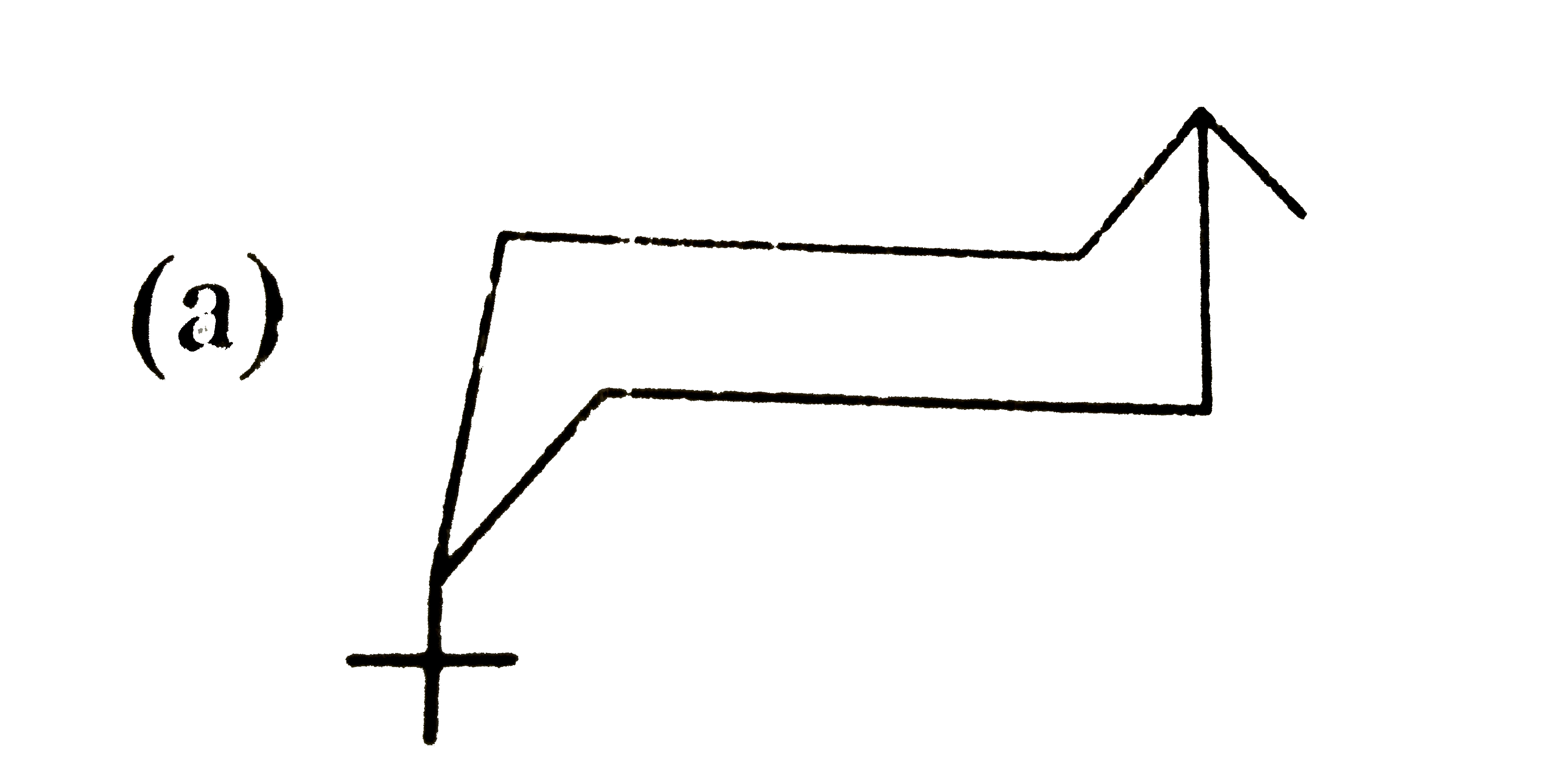Which of the following anions is most stabilised?



All have same stability
The correct Answer is:C
To determine which of the given anions is most stabilized, we need to analyze the structure and the factors that contribute to the stability of anions. The stability of anions can be influenced by factors such as resonance, inductive effects, and the electronegativity of the atoms involved.
1. Identify the Anions:
- Option A: CH3-C(=O)-CH2^-
- Option B: CH3-C(=O)-C^-
- Option C: CH3-C(=O)-CH3
- Option D: All of the same stability
2. Analyze Each Anion:
- Option A (CH3-C(=O)-CH2^-):
- The negative charge is on the CH2 group. The carbonyl group (C=O) can stabilize the negative charge through resonance, but it is less effective than having the charge on a carbon directly adjacent to the carbonyl.
- Option B (CH3-C(=O)-C^-):
- Here, the negative charge is on the carbon adjacent to the carbonyl group. This position allows for resonance stabilization, as the negative charge can delocalize into the carbonyl group, making it more stable than option A.
- Option C (CH3-C(=O)-CH3):
- This structure does not have a negative charge; hence it cannot be considered as an anion. Therefore, it does not contribute to the question about anion stability.
- Option D:
- This option states that all anions have the same stability, which is not true based on the analysis above.
3. Determine the Most Stabilized Anion:
- Comparing the stability of the anions from options A and B, option B (CH3-C(=O)-C^-) is more stabilized due to the resonance effect from the adjacent carbonyl group.
4. Conclusion:
- The most stabilized anion among the given options is Option B: CH3-C(=O)-C^-.
- Option A: CH3-C(=O)-CH2^-
- Option B: CH3-C(=O)-C^-
- Option C: CH3-C(=O)-CH3
- Option D: All of the same stability
- Option A (CH3-C(=O)-CH2^-):
- The negative charge is on the CH2 group. The carbonyl group (C=O) can stabilize the negative charge through resonance, but it is less effective than having the charge on a carbon directly adjacent to the carbonyl.
- Option B (CH3-C(=O)-C^-):
- Here, the negative charge is on the carbon adjacent to the carbonyl group. This position allows for resonance stabilization, as the negative charge can delocalize into the carbonyl group, making it more stable than option A.
- Option C (CH3-C(=O)-CH3):
- This structure does not have a negative charge; hence it cannot be considered as an anion. Therefore, it does not contribute to the question about anion stability.
- Option D:
- This option states that all anions have the same stability, which is not true based on the analysis above.
- Comparing the stability of the anions from options A and B, option B (CH3-C(=O)-C^-) is more stabilized due to the resonance effect from the adjacent carbonyl group.
- The most stabilized anion among the given options is Option B: CH3-C(=O)-C^-.
Topper's Solved these Questions
- GENERAL ORGANIC CHEMISTRYBOOK - HIMANSHU PANDEYCHAPTER - GENERAL ORGANIC CHEMISTRYEXERCISE - Level 2 (Q.76 To Q.100)
25 Videos
- GENERAL ORGANIC CHEMISTRYBOOK - HIMANSHU PANDEYCHAPTER - GENERAL ORGANIC CHEMISTRYEXERCISE - Level 2 (Q.101 To Q.125)
25 Videos
- GENERAL ORGANIC CHEMISTRYBOOK - HIMANSHU PANDEYCHAPTER - GENERAL ORGANIC CHEMISTRYEXERCISE - Level 2 (Q.26 To Q.50)
25 Videos
- CHEMISTRY IN DAILY LIFEBOOK - HIMANSHU PANDEYCHAPTER - CHEMISTRY IN DAILY LIFEEXERCISE - Integer Answer Type Problems
7 Videos
- HALIDESBOOK - HIMANSHU PANDEYCHAPTER - HALIDESEXERCISE - Subjective Type Problems
10 Videos
Similar Questions
Knowledge Check
Which of the following is the most stabilised conformer of
 ?A
?A B
B C
C D
D
Which of the following is most stabilised by hyperconjugation?
A B
B C
C D
D
Which of the following anions is most easily polarized ?
ACI−BSe2−CBr−DTe2−.
Which of the following anions are more stable than benzyl anion ?
View SolutionWhich of the following anions is the weakest base ?
View SolutionWhich of the following ions is the most resonance stabilised?
View SolutionWhich of the following species is/are stabilised hyperconjugation ?
View SolutionWhich of the following anions is resonance destabilized?
View Solution
